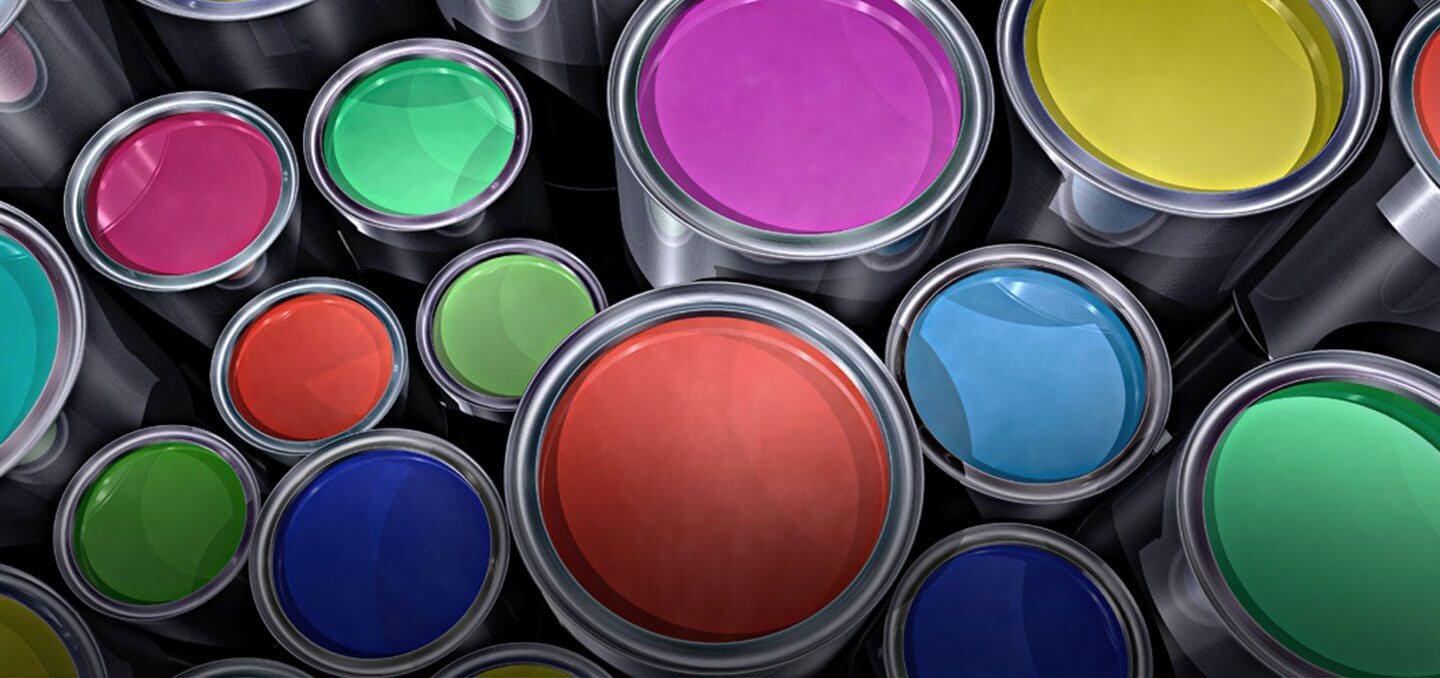Metal Packaging Coatings Market: The Role of Epoxy and BPA-Free Coatings

The metal packaging coatings market has evolved significantly as industries seek safer, more durable, and environmentally friendly solutions for preserving packaged goods. These coatings serve as a protective barrier between metal surfaces and the contents inside, preventing corrosion, contamination, and chemical interactions. With increasing consumer awareness and regulatory developments, manufacturers are focusing on improving coating formulations to meet both performance and safety standards.
One of the key areas of advancement in the market is the shift from traditional epoxy-based coatings to alternative formulations that eliminate potentially harmful substances. The demand for coatings that enhance food safety and minimize environmental impact has driven innovation in material science, leading to the development of bisphenol A-free coatings. As a result, manufacturers are adapting to new standards while maintaining the essential properties that ensure the longevity and integrity of metal packaging.
The Role of Epoxy Coatings
Epoxy-based coatings have been widely used in metal packaging due to their excellent adhesion, chemical resistance, and mechanical durability. These coatings provide a strong protective layer that prevents metal from reacting with the contents of a can or container, making them particularly effective for food and beverage packaging. Their versatility has made them a preferred choice for various applications, including canned foods, aerosol containers, and industrial packaging.
One of the primary benefits of epoxy coatings is their ability to withstand high temperatures and harsh storage conditions without compromising performance. This makes them suitable for packaging products that require long shelf life and protection against contamination. Additionally, epoxy coatings enhance the visual appeal of metal packaging by providing a smooth, glossy finish that improves printability and branding opportunities.
Despite their advantages, the presence of bisphenol A in traditional epoxy coatings has raised concerns regarding potential health risks. Studies have suggested that prolonged exposure to this compound may have adverse effects, leading to regulatory scrutiny and consumer demand for safer alternatives. As a result, the industry has been actively exploring new formulations that maintain the protective qualities of epoxy coatings while eliminating bisphenol A from the equation.
The Shift Toward BPA-Free Coatings
The transition to bisphenol A-free coatings has been driven by both regulatory actions and shifting consumer preferences. Governments and health organizations across various regions have implemented guidelines limiting the use of bisphenol A in food contact materials, encouraging manufacturers to develop safer alternatives. This has led to the rise of innovative coatings that provide the same level of protection and durability without potential health concerns.
One of the most promising developments in this space is the emergence of new polymer-based coatings that mimic the performance of epoxy coatings without relying on bisphenol A. These alternatives include polyester, acrylic, and oleoresin-based coatings, each offering distinct benefits in terms of adhesion, flexibility, and resistance to chemicals. Manufacturers are investing in research and development to refine these formulations, ensuring that they meet the high standards required for food and beverage packaging.
Future Outlook and Market Implications
As regulatory requirements continue to evolve and consumer awareness increases, the adoption of bisphenol A-free coatings is expected to grow. Companies that invest in developing safe, high-performance alternatives will likely gain a competitive edge in the market. The ongoing research into advanced materials and nanotechnology will further drive innovation, leading to coatings with enhanced durability, flexibility, and resistance to external factors.
The metal packaging coatings market is poised for continued transformation as industries embrace new technologies and sustainability initiatives. While epoxy coatings will remain a key player due to their established performance benefits, the rise of bisphenol A-free alternatives will shape the future of the industry. Manufacturers that can balance safety, performance, and environmental responsibility will be well-positioned to meet the demands of both regulatory bodies and consumers, ensuring long-term market growth.
- Art
- Causes
- Crafts
- Dance
- Drinks
- Film
- Fitness
- Food
- Games
- Gardening
- Health
- Home
- Literature
- Music
- Networking
- Other
- Party
- Religion
- Shopping
- Sports
- Theater
- Wellness


